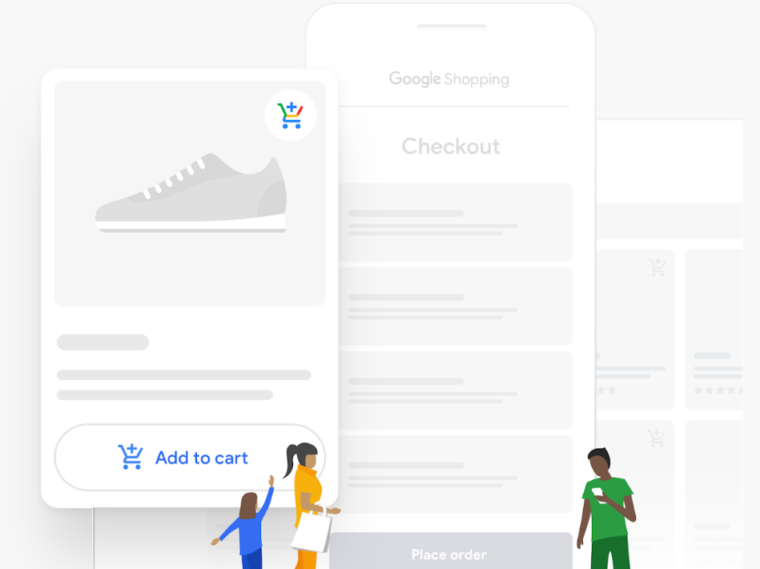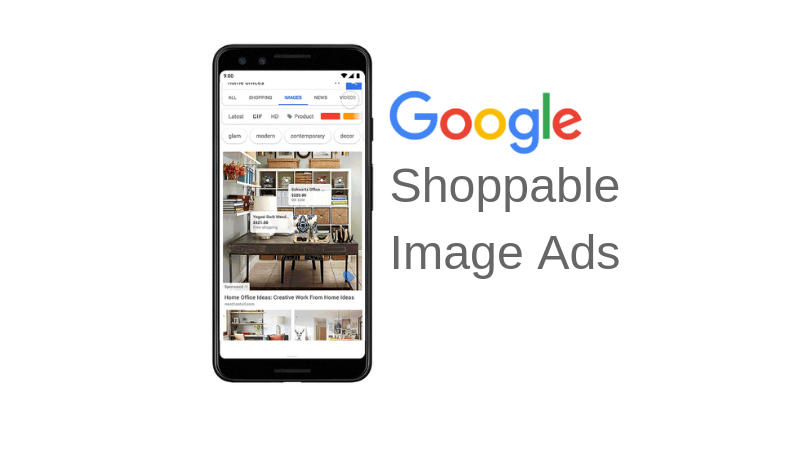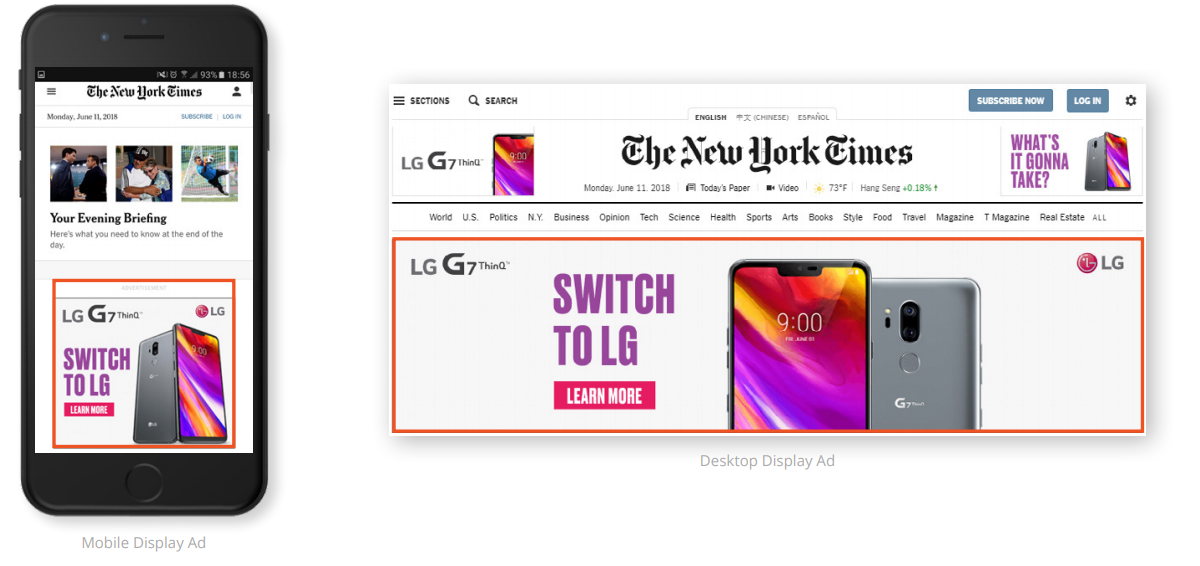4 New Google Shopping Features Advertisers Need in 2020

Google Shopping is a service that allows both shoppers and brands to interact with each other in meaningful ways, and Google has released several new updates that improve its value to both brands and consumers.
Google Shopping is an amalgamation of Google Express and Shopping Search which, although announced as early as May 2019, only actually saw release later in September.
Google Shopping is a shopping service that allows consumers to browse, compare and purchase physical products across different retailers without having to visit each individual brand’s website.
It’s a frictionless way to shop since you can accomplish everything you need without ever having to leave Google. You can be doing product research and looking for inspiration one minute, and then quickly jump to making the actual purchase in the next.
Google Shopping is what is called a Comparison Shopping Engine (CSE), which displays results as thumbnail images that display each product’s retailer and price. Whenever you do a Google Search, you will see a Shopping tab next to the results.
Simply click on the tab and you are now in Google Shopping. Here, you can browse products from different brands. There is a filter tab on the left that allows you to refine your search based on price point, brand, color, or whatever is relevant to the product.
Advertisers can now take advantage of new and updated campaign types and features on the platform, namely:
Let’s look at each of them in detail.
Shoppable Ads on Google Images is a relatively new ad format that allows you to highlight multiple products for sale within a single sponsored ad that gets displayed on Google Images results.

This could have incredible benefits to retailers when you consider that 40% of all shopping-related Google searches are broad-based. These are users who don’t exactly know what they want, just that they do. They hope to be inspired when they search, and Shoppable Ads on Google Images will help them jump straight from an inspiring image to the shopping cart the moment inspiration strikes.
“This is an exciting new inventory source in the evolution of Google Shopping. In line with recent improvements in upper funnel inventory, the expansion to Shoppable ads on Images continues to solidify Shopping as a full-funneled medium.”

– Josh Brisco, Sr. Director, Growth Media at Tinuiti
Showcase Shopping Ads is not new, but the 2019 update makes them powerful tools for brands. Showcase Shopping Ads are now available in Google Images and feed, which allows brands greater visibility across user search results and different platforms.
Google is aggressively pushing Showcase Shopping, and so we at Tinuiti have been seeing an increase in impressions for this channel. Structuring your campaigns properly is a key factor in ranking well, getting your products discovered and making sales.
“It’s become clear that this is an ad format that continues to grow in importance as Google continues to push it to retailers, with mobile discovery continuing to grow, and impressions continue to rise. It’s a markedly different outlook from two years ago when advertisers were skeptical over the lack of control they had over which products displayed for broad searches.”
– Lewis Brannon, Strategist, Growth Media at Tinuiti

Smart Shopping campaigns now use machine learning to optimize for performance goals and determine where the ads show–whether on Google, Google Images, YouTube or Web (display).

Smart Shopping is a very promising concept and definitely worth trying out if you’re curious. However, don’t jump in with both feet just yet. There are a few drawbacks that you need to be aware of that could potentially impact its value to your business.
Attribution confusion – Smart Shopping seems to fall under the same attribution category as Display Ads. Not a big deal ordinarily, but metrics-minded users will want to take that into account when crediting ads for sales.
Keywords and search – As of the moment, Smart Shopping doesn’t allow you to use negative keywords. Nor does it allow for search term targeting (ISO).
Control compromises – Smart Shopping does allow for plenty of automation in terms of auto-bidding, hands-off CRO and expanded reach. However, you will have to give up granular control in order to make that happen, which advanced users may not be willing to do.
Shopping Actions is a program that Google released in March 2019. It allows online shoppers to a brand’s products on multiple Google surfaces, and eventually purchase them using a universal shopping cart and instant checkout. The order is then shipped to the customer.
Google is promoting this as a streamlined, frictionless shopping experience for the user–and it is, as long as you carefully consider your approach. Shopping Actions works on a pay per sale model. You don’t pay much if the item doesn’t perform well, but more success will breed higher advertising costs.
Under Shopping Actions, Google will handle sales, support and returns, but you will still be responsible for fulfillment–and that fulfillment must still integrate with OMS.
Because it will be available on multiple surfaces, Shopping Actions can be very complementary to your existing Google Shopping campaigns.
Google is still evolving the Google Shopping experience, both for merchants and for buyers. While most of these updates are positive, brands should always carefully consider each new advertising channel or platform before investing significant funds or effort.
